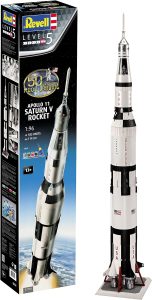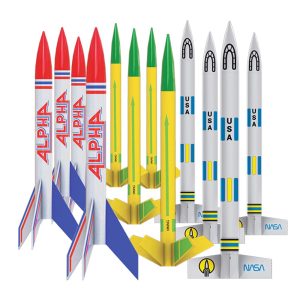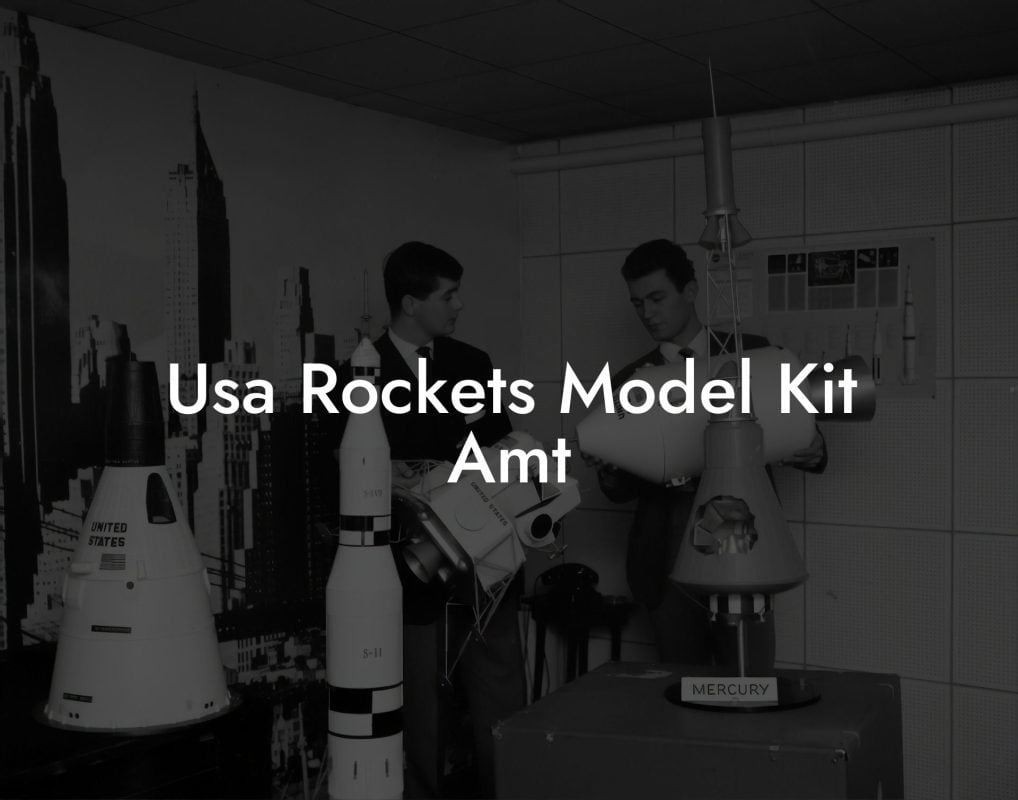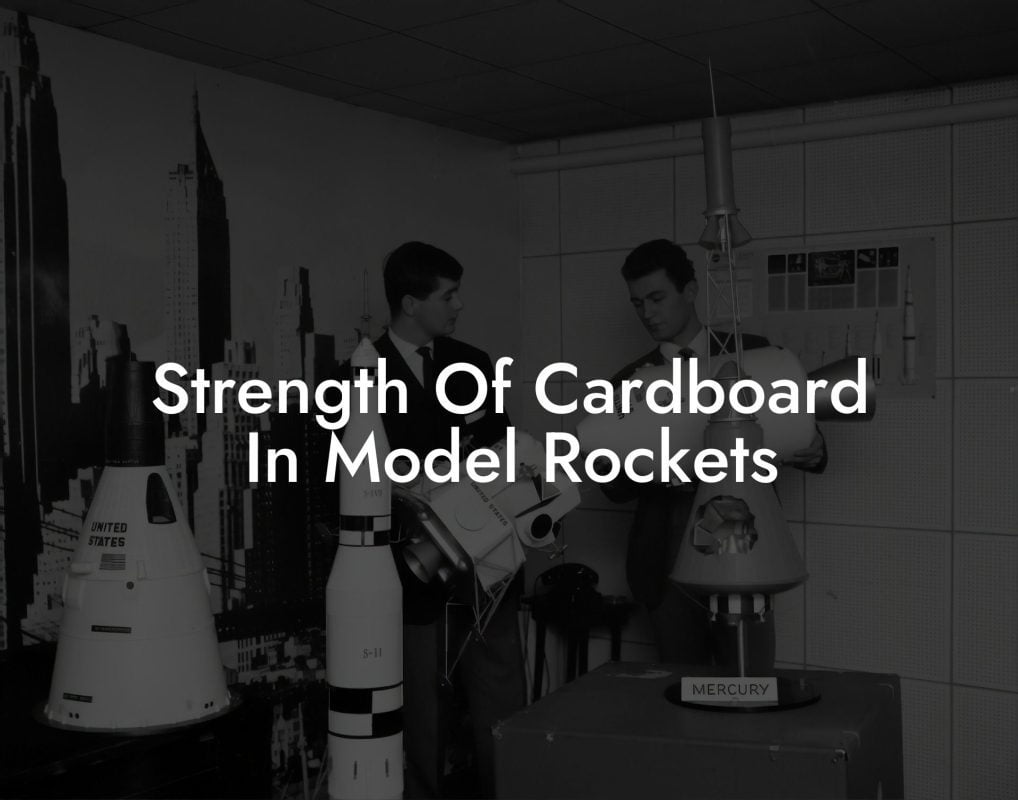Imagine yourself soaring through the skies, leaving a trail of excitement and adventure behind you. Welcome to the world of model rockets, where the thrill of exploration meets the joy of creativity and innovation. Whether you're a seasoned enthusiast or just starting out, this comprehensive guide will take you on a journey to explore the wonders of hobby shop model rockets.
Quick Links to Useful Sections
What Are Model Rockets?
Model rockets are small, self-contained vehicles that use a combination of aerodynamics and propulsion systems to reach incredible heights. They can range from simple, entry-level designs to complex, high-performance models that push the boundaries of speed and altitude.
At their core, model rockets are about experimentation, creativity, and innovation. They offer a unique opportunity to learn about science, technology, engineering, and mathematics (STEM) concepts in a fun and engaging way.
The History of Model Rockets
The concept of model rockets dates back to the early 20th century, when pioneers like Robert Goddard and Hermann Oberth experimented with liquid-fueled rockets. However, it wasn't until the 1950s and 1960s that model rockets became a popular hobby.
The development of modern model rockets is attributed to companies like Estes Industries, which introduced the first mass-produced model rocket kits in the 1960s. Since then, the hobby has evolved significantly, with advancements in materials, technology, and design.
Looking For The Best Model Rocket Kits? You'll Love These:
Types of Model Rockets
Model rockets come in a wide range of shapes, sizes, and complexities. Here are some of the most popular types:
- Beginner Rockets: Simple, easy-to-assemble kits designed for new enthusiasts.
- Mid-Power Rockets: More advanced models that use larger motors and achieve higher altitudes.
- High-Power Rockets: Complex, high-performance models that require specialized knowledge and equipment.
- Scale Models: Detailed replicas of real rockets, often featuring intricate designs and accurate scaling.
- Competition Rockets: Custom-built models designed for competitive flying and precision performance.
model rocket Components
A typical model rocket consists of several key components:
- Nose Cone: The pointed tip of the rocket, designed to reduce air resistance.
- Body Tube: The main structure of the rocket, housing the motor, payload, and recovery system.
- Motor: The propulsion system, which generates thrust to lift the rocket off the ground.
- Recovery System: A parachute or streamer that deploys to slow the rocket's descent and ensure a safe landing.
- Payload: The cargo or experiment carried by the rocket, which can include cameras, sensors, or other devices.
Model Rocket Safety
Safety is a top priority when it comes to model rockets. Here are some essential guidelines to follow:
- Always follow the manufacturer's instructions.
- launch in open areas, away from people and obstacles.
- Use protective eyewear and keep a safe distance from the launch site.
- Never launch a rocket near airports or in bad weather conditions.
Getting Started with Model Rockets
If you're new to model rockets, here's a step-by-step guide to get you started:
- Choose a beginner-friendly kit: Select a simple, easy-to-assemble model rocket kit.
- Read the instructions carefully: Follow the manufacturer's instructions to ensure a safe and successful launch.
- Prepare the launch site: Find a safe, open area with minimal wind and obstacles.
- Launch and recover your rocket: Follow safety guidelines and enjoy the thrill of watching your rocket soar.
Resources and community Support
The model rocket community is vibrant and active, with numerous resources available to help you improve your skills and stay up-to-date with the latest developments:
- Online forums and discussion groups: Join online communities to connect with fellow enthusiasts, ask questions, and share knowledge.
- Local model rocket clubs: Find and join local clubs to meet like-minded individuals and participate in group launches.
- Model rocket manufacturers: Visit manufacturer websites for tutorials, guides, and product information.
Frequently Asked Questions
Here are some common questions about model rockets:
1. What is the highest altitude a model rocket can reach?
The highest altitude achieved by a model rocket is around 36,000 feet (10,973 meters).
2. How fast can model rockets fly?
Model rockets can reach speeds of up to 500 mph (805 kph).
3. Are model rockets safe?
Yes, model rockets are safe when used properly and in accordance with safety guidelines.
4. Can I build my own model rocket?
Yes, you can build your own model rocket using raw materials and custom designs.
5. How much do model rockets cost?
Model rocket kits can range from under $10 to over $100, depending on the complexity and features.
Your Model Rocket Journey Begins
Welcome to the exciting world of model rockets! Whether you're a seasoned enthusiast or just starting out, this comprehensive guide has provided you with a solid foundation to explore the wonders of hobby shop model rockets.
Remember to always follow safety guidelines, experiment with new designs, and push the boundaries of what's possible. The model rocket community is waiting for you – join the fun and take your passion to new heights!
Looking For The Best Model Rocket Kits? You'll Love These:
Useful Interruption: Dive deeper into the world of Model Rockets with our most popular sections. If there is anything you think is missing or anything you would love for us to write about, just give us a shout.
- Getting Started & Basics With Model Rockets
- Model Rocket Design, Build & Customization
- Model Rocket Propulsion & Engine Technology
- Model Rocket Launch Techniques & Recovery
- Model Rocket Advanced Rocketry & Innovations
- Model Rocket DIY and Customization
- Model Rocket Equipment Reviews & Digital Tools
- Community, Competitions & Education
- Model Rocket Troubleshooting & FAQs
- Model Rocket Bonus/Seasonal & Niche Topics
A group of model rocket enthusiasts gathered at a field for their weekly launch event. Among them was Dave, a seasoned builder known for pushing the limits of hobby rocketry. This time, he had outdone himself.
“Ladies and gentlemen,” Dave announced, dramatically pulling a cloth off his latest creation, “I present to you: The Kraken!”
The crowd gasped. This wasn’t just a model rocket, it was a monster. The thing stood 8 feet tall, had six clustered engines, and was covered in enough duct tape to qualify as a classified aerospace project.
“Dave,” muttered Steve, the cautious safety officer, “Have you, uh… done the math on this?”
“Math?” Dave scoffed. “I built it in my garage at 3 a.m. with parts from eBay. This is an art piece, Steve.”
The countdown began.
5…
4…
3…
2…
1…
The engines ignited with a BOOM, and The Kraken shot up… kind of. It immediately did a violent barrel roll, narrowly missing the spectators before skyrocketing at an angle that could only be described as “legally questionable.”
The crowd collectively ducked as The Kraken flew straight over the adjacent cornfield, where Old Man Jenkins, the grumpiest farmer in town, was minding his business.
KABOOM!
The rocket disappeared behind the barn. A moment later, a flaming piece of Estes igniter wire landed at Steve’s feet. The silence was deafening.
And then, an unmistakable sound echoed across the field.
Jenkins’ shotgun being cocked.
“DAVE!!!” Steve shouted. “RUN.”
And that was the day Dave invented the first-ever biologically powered rocket booster: pure adrenaline.
To this day, nobody knows where The Kraken landed, but legend has it, it still haunts the skies, terrifying unsuspecting drones and low-flying birds.















